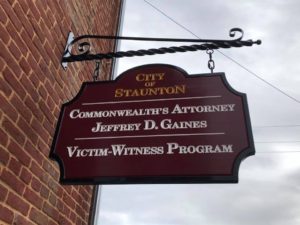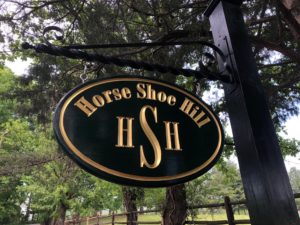
STRATEGIZE WITH WOOD
Using dimensional wood signs as part of your organization’s marketing strategy may be a successful approach of blending the distinctive character of carefully handcrafted custom wood signage with your own distinctive image and brand. If your brand would benefit from the ambiance of natural, stained, or painted dimensional wood signage products carefully designed and finished in Virginia, you may want to consider the advantages and disadvantages of wooden signs.
THINKING OUTSIDE THE BOX
If you picture your building or office as a “box”, then thinking outside the box relates to your exterior signage attached to the outside areas of your building or campus. The wooden signs that I manufacture are typically 1.5” thick cedar panels with lettering/logos/emblems carved into the outside face of the boards. They can be fabricated at any size, and sized to fit the area in which they will be attached to the wall or ground-mounted support in the case of free-standing monument and post and panel type signs.
In the case of wall-mounts, signs can be mounted flush to the wall or can also be hung perpendicular to the wall using scroll brackets. For free-standing signage, the wood signs are typically attached to some type of post system or low-wall of masonry or wood. Sometimes the wood signs are set into recesses in masonry structures for a permanent impression. Sometimes to save cost, flush vinyl graphics can be substituted for recessed or raised graphics (see Claybrook sign, a few snapshots down.)
As mentioned earlier, the major up-side of exterior wood signs is connecting with customers. If your brand is aligned with “natural”, “earthy”, “down-home”, “old-fashioned”, “high-quality”, “rustic”, or “hand-made” messaging, then wood designs can help promote that overall feel. You may wonder how a wood sign can project both a high-quality and rustic image simultaneously: it depends on the finishing of the end product. Hand-painted and polyurethaned precision carved lettering and branding can produce a nostalgic feeling that signals a high-quality brand in the customer’s mind.
Consider a quaint New England town with hand-carved wooden signs adorning the picturesque streetscape! A dentist office, a law firm, a gift shop, a bed and breakfast, a book store: they are all inviting you to come in and experience top-notch service and attention. Another advantage to v-carved wood signs is, if utilizing 23 karat gold, they can really catch your eye and draw attention. There aren’t many sign lettering options that surpass the quality of signs with real gold leaf.
The biggest potential down-side of exterior wood signs, especially in areas south of the Mason-Dixon Line, is exposure to the elements: humidity and UV exposure being the two biggest threats to the longevity of wooden signs in Virginia, where most of my customers operate. The cost of regular maintenance is a definite consideration when planning to purchase a wood branding image. Cleaning the signs each spring and fall can extend the overall impact of your investment and lengthen their effective lifetime, and repainting or re-finishing wood signs on a three to five-year maintenance schedule is recommended. The initial cost of designing and building wood signs is also greater than using alternative signage materials, but the value of visual impact may be higher than other material options.
INSIDE THE “BOX” APPLICATIONS
Wooden signs are great for outdoor applications, but don’t overlook their suitability for interior signage projects as well! I have not regularly promoted interior usage, but have worked on a few projects where the customer determined the look of the natural wood fit the identity of their product better than other traditional wall lettering options like dimensional metal letters and flush vinyl graphics. A few years ago I worked with Jon Styer, who at the time was the brand administrator for Eastern Mennonite University, to create an interior wall sign for the university’s coffee shop. An awesome graphic designer, Jon was able to blend the natural aura of stained cedar with a clean, clear, glossy acrylic cover that formed the background for the vinyl branding. It was a neat approach that utilized wood, plastic and vinyl lettering. Usually a sign is made of one or the other substrates, but this case blended all three signage materials into a great looking sign that was spot lit from above.
YOU MAKE THE CALL
If you’re looking for a way to incorporate natural or painted wood signs into your business or organization, please reach out to Mark Hackley, owner, Augusta Sign Company, serving a large geographic area of Central Virginia seeking quality signage products and services. Using wood signage for branding certainly has advantages and disadvantages, but perhaps Mark can help you determine if wood is a good fit for your signage needs. And how much does it cost to go with wood versus less expensive urethane and aluminum composite options? Mark will be happy to meet with you to discuss!
Contact Mark Hackley, Augusta Sign Company- 540-943-9818; mark@augustasigncompany.com
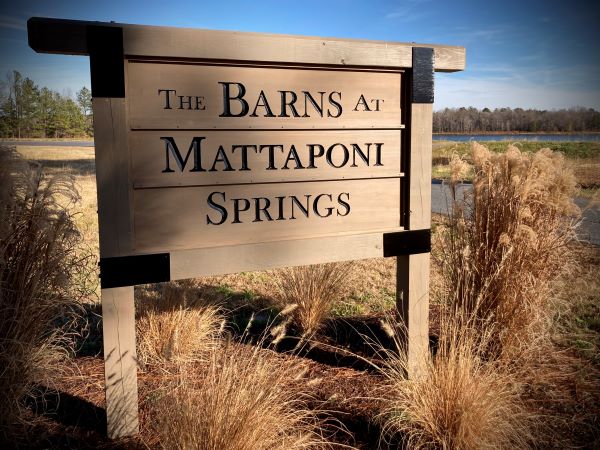

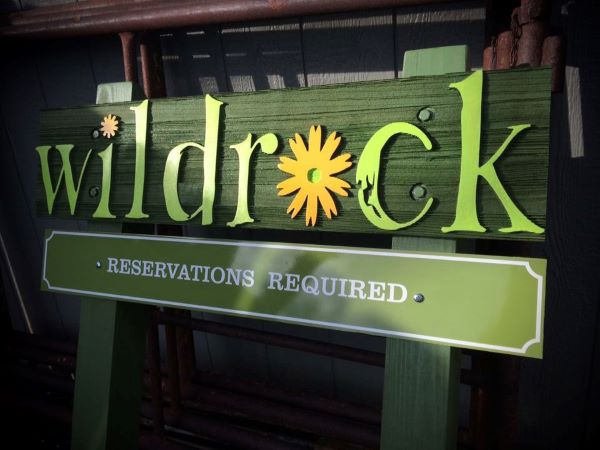

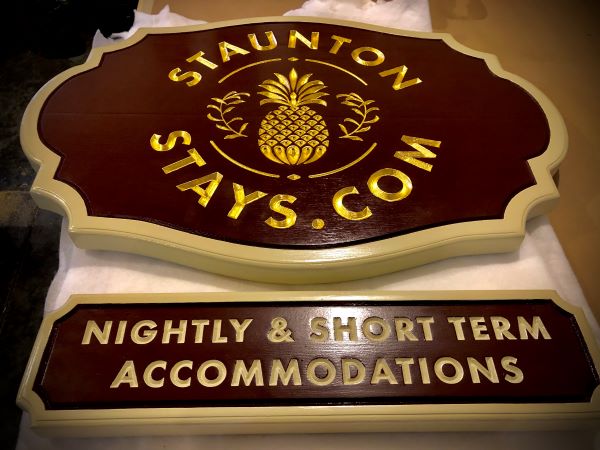
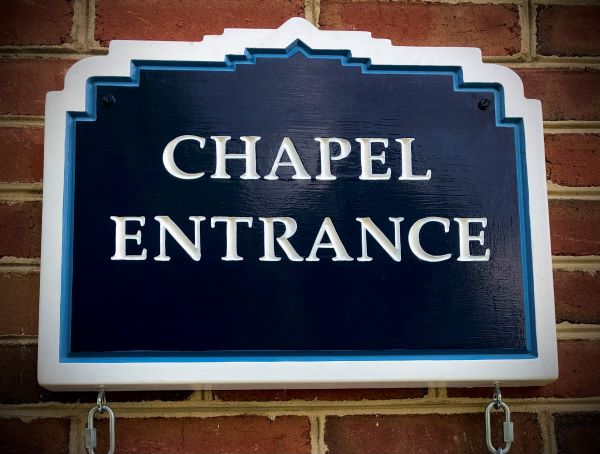
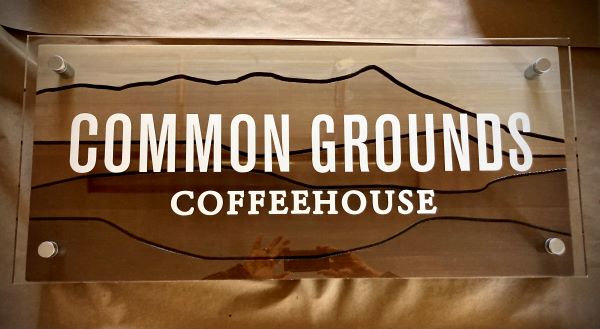
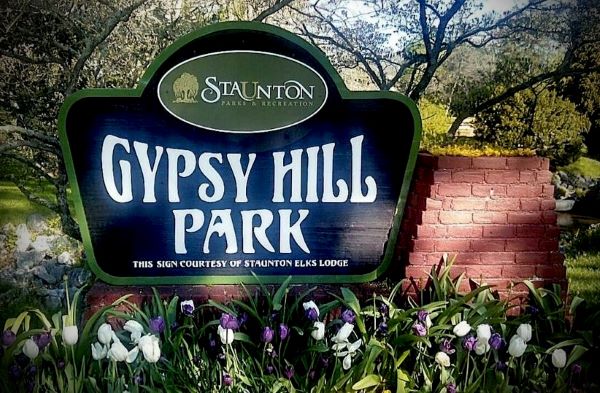

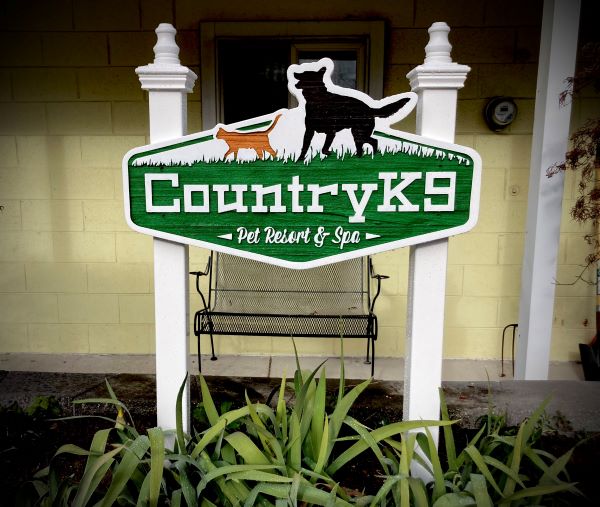

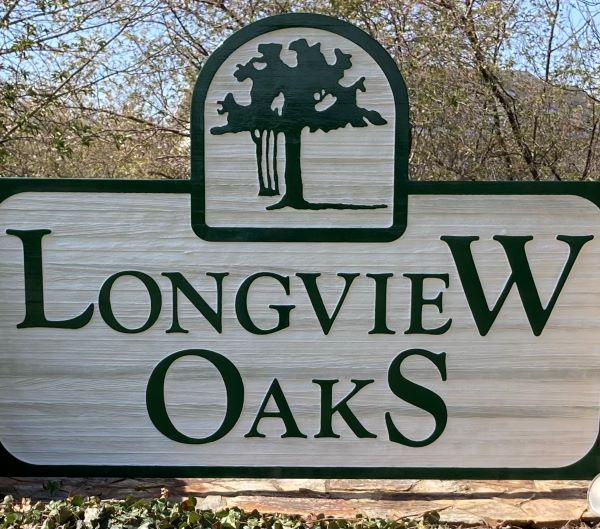







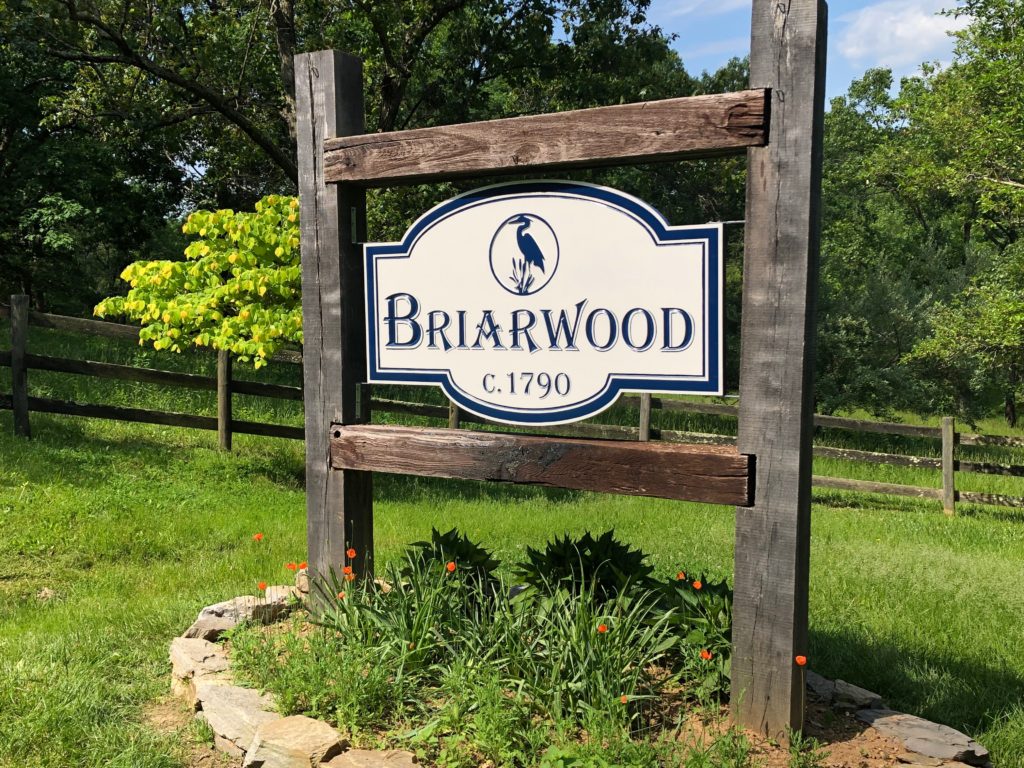



 Afton, Crozet, Massanutten, Middlebrook, Goshen, Clifton Forge, Mount Sydney, Mount Crawford, Dayton, Broadway, Timberville, New Market, Stanley, Luray, Front Royal, Woodstock, Mount Jackson, Edinburg, Strasburg, Stephens City, Kernstown, Winchester, Fairfield, Natural Bridge, Fincastle, Troutville, Buchanan, Vinton, Rocky Mount, Ferrum, to mention a few!
Afton, Crozet, Massanutten, Middlebrook, Goshen, Clifton Forge, Mount Sydney, Mount Crawford, Dayton, Broadway, Timberville, New Market, Stanley, Luray, Front Royal, Woodstock, Mount Jackson, Edinburg, Strasburg, Stephens City, Kernstown, Winchester, Fairfield, Natural Bridge, Fincastle, Troutville, Buchanan, Vinton, Rocky Mount, Ferrum, to mention a few! Churches, Medical Offices including Dental, Optical, and Veterinary, Professional Offices, Parks and Recreation, Public Works, Downtown Retailers, Specialty Shops, Hospitality, Private Farms and Residences, Industrial, Specialty Services, Schools, Libraries, and Museums.
Churches, Medical Offices including Dental, Optical, and Veterinary, Professional Offices, Parks and Recreation, Public Works, Downtown Retailers, Specialty Shops, Hospitality, Private Farms and Residences, Industrial, Specialty Services, Schools, Libraries, and Museums.